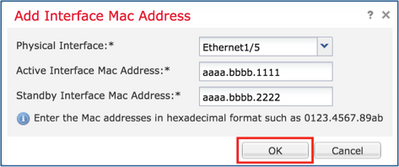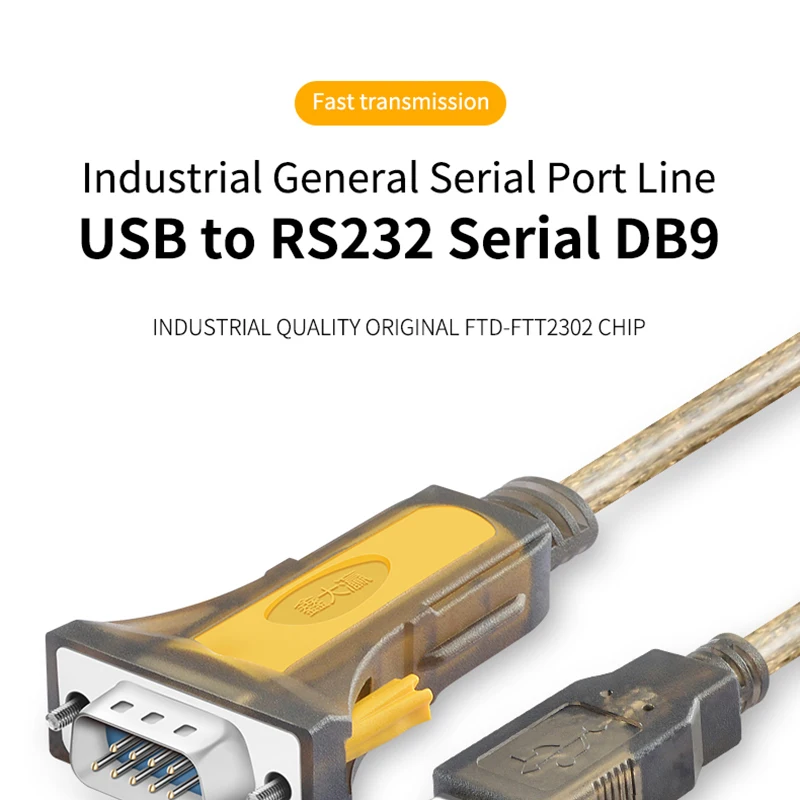FTD Mac OS
FTD Mac OS
How to Fix FTDI Driver Issue on Mac and macOS
Ongoing macOS FTDI driver issues plague many users connecting the Arduino IDE to boards that use an FTDI chip. Since our boards use an FTDI chip for USB-to-serial communication, we have witnessed some of these issues when working with our boards using Mac and macOS.
The symptoms we have observed generally include the spontaneous loss of the USB serial port connection to the board or loss of the port after disconnecting and then reconnecting the board from the USB programming cable.
Rebooting the system can temporarily restore the port, but the problem eventually comes back. Since we’ve seen this issue pop up internally and with many customers, we decided to share what solution has been working for us so far.
The exact cause of this problem is not certain, but it seems to be related to Apple’s support, or lack thereof, for FTDI drivers in the operating system. Earlier versions of Mac OS X did not support FTDI drivers, so users would have to install third-party FTDI drivers. Somewhere around the release of macOS 10.12 Sierra (and maybe earlier), native support for FTDI drivers was included.
Download FTD and FMC Images and get ready for GNS3 Deployment; Download GNS3 and VMware Images from Cisco Portal; Option 1: Free GNS3 Software - Setup and Installation on your PC or MAC OS; Option 1: Install FMC and FTD templates in GNS3; Option 1: Build Course Lab Topology and Get Started; Option 2: Running FTD and FMC VM Images in Vmware ESXi Environment. The Internet of Things (IoT) aims to transform people's lives through smart homes and businesses. In the home, the goal is to make life easier by creating new experiences and reimagining old ones through a network of connected appliances, lights, climate controls, security, entertainment systems, and a host of innovative products and services.
.Includes the following version of of the Windows operating system: Windows 7, Windows Server 2008 R2 and Windows 8, 8.1, Windows server 2012 R2, Windows Server 2016 and Windows 10. Also, as Windows 8 RT is a closed system not allowing for 3rd party driver installation our Windows 8 driver will not support this variant of the OS. Apple (Mac OS): iGrabnews; Binaries4all Payservers; Communities. SpotLite; Spotnet; FTD; Overview of communities; Posting. Introduction for beginners; Creating NFO files; Posting with PowerPost; Posting with yEncBin Poster; Creating video samples; Optimizing your posts; RAR and PAR with AutoRarPar; Repost tips; Download with torrents.
So, if you have followed an upgrade path from an older version of the OS without native FTDI support to a new version that has it, there can be contention between the native and third-party drivers. This potentially leads to the mysterious port disappearance issue.
We have found uninstalling the third-party drivers to be a solution. The instructions below have seemed to work for anyone here at Alorium Technology that was observing the FTDI issues.
Instructions
- To uninstall FTDI drivers you must be logged on to your computer as a root user. Follow Apple’s directions if this needs to be enabled on your computer.
- Be careful! By enabling root, you have privileges to change and delete files that are required by your computer.
- Follow steps 4.1 and 4.2 in FTDI Chip’s “FTDI Driver Installation Guide” to uninstall all third-party drivers on your computer.
- Disable root on your computer. Follow Apple’s directions below.
- Reboot your system
Want More Info?
Join our mailing list to stay in the loop with the latest news regarding Alorium products and other interesting things we are doing. Your email will not be shared, and we won't pester you very often!
How to upgrade an ASA 5506-X to the new Firepower Threat Defense software?
In this article it explains the steps required to migrate an existing Cisco ASA with FirePOWER services to the new Firepower Threat Defense image.
With the new Firepower Threat Defense (FTD) image, the ASA is a single image firewall with Firepower services built right in. In this article Brandon Carroll (Who holds the CCIE in security and is a published author in network security.) will take you through the steps required to upgrade an ASA with a FirePOWER module to the new single FTD image.
Before you start an upgrade of your ASA to the new FTD image, you need to make sure you have a supported platform.
Currently the following platforms are supported:
ASA 5506W-X
ASA 5506H-X
ASA 5512-X
ASA 5555-X
In this example, we will be upgrading an ASA 5506-X to FTD. On the ASA 5506 the SSD is standard, and in fact it’s standard on the 5508-X and 5516-X as well. On the 5512-X and 5555-X you need to make sure you have an SSD. It might sound funny, but it’s not a stock option. If you ordered one of those platforms with FirePOWER, it’s already there, but if you didn’t you may not have it.
Obtaining Firepower Threat Defense (FTD) software
To get the software you have to have a support agreement with Cisco. You’re going to need the following software:
- The Firepower Threat Defense boot image. This will be a .cdisk extension unless your using the ASA 5506-X like me. In that case your extension will be lbff
- FTD system package (.pkg extension)
- TFTP server
- FTP Server
Ftd Mac Os Download
The boot image is loaded using TFTP and the system image is loaded via FTP or HTTP.
Once you have obtained the software you can proceed.
Types of images
There are two types of images you need, and there are patch files you may want to apply as well. Each of these have different file extensions. The boot images end in the extension .ifbff or .cdisk depending on the platform. This was mentioned previously. For all platforms, the system image ends in .pkg and patch files end in .sh.
High-level process
- Upgrade ROMMON if necessary
- Upload and install the FTD OS from the TFTP server
- After a reboot assign temporary network settings
- Upload and install the FTD system package
- Configure the device for management from the FMC
Upgrading the ROMMON image
For our first step we want to upgrade ROMMON. Let’s take a look at the current image that’s installed. To do this, we issue the command show module.
In this case the ASA is already running version 1.1.8. Had we needed to upgrade, we would follow this process:
- Get a copy of the ROMMON image from Cisco.com
- Copy the image to the ASA using TFTP:
Upgrade the ROMMON image:
Confirm the upgrade after reload using the show module command.
Reimage the ASA to FTD
Our next step is to reimage the ASA to the FTD image. Before we do that it’s a good idea to backup our current system.
Now make sure you save this somewhere.
Next, copy out the activation key:
Now we need to reload the ASA and enter ROMMON mode. Remember that this means you need to do this from the serial console. An SSH session into the ASA will not cut it here.
Now that you’re sitting at ROMMON you need to set up some temporary management settings. This allows you to pull the boot image off of the TFTP server.
Our next step is to download the boot image. This is a pretty simple process as you can see below.
Now that we have booted into the FTD boot image we need to type setup and go through the basic IP settings. Most of your configured settings will come through as you can see in the following output. Items in square brackets are values you can accept by hitting enter.
Next, use the system install command to install the FTD system image. This is the .pkg file.
Finally, after about 30 – 40 minutes you are ready to log in.
The default login here will be adminAdmin123, but we’re not going to get into the specifics of the configuration in this article. However, you now have a shiny new FTD image running on your ASA. One new caveat to deal with in this case is that management is now different. In the past you could use the CLI or ASDM to manage your ASA. With the FTD image you can use either Firepower Device Manager or Firepower Management Center to manage your device. (Cisco’s install and upgrade guides have more information.)
The Firepower Device Manager is an on-box web-based manager that is similar to how we used to use the ASDM to manage a device. If you have a low and mid-range ASA platform running FTD you’ll likely run the Firepower Device Manager.
While it seems like a lengthy process, you can always step away and work on other things while the images load. You should be aware that you will lose some of the features you used to have with the ASA running the old ASA image, but this is definitely the future of Cisco’s security appliances so I’d highly recommend you get familiar now.
The reference from https://www.techrepublic.com/article/how-to-upgrade-an-asa-5506-x-to-the-new-firepower-threat-defense-software/
More Related

Cisco ASA with FirePower Services vs. FTD
Migrate from the Cisco ASA5505 to Cisco ASA5506X Series
Cisco ASA with Firepower Services, Setup Guide-Part1
Cisco ASA with Firepower Services, Setup Guide-Part2
Cisco ASA with Firepower Services, Setup Guide-Part3
Cisco ASA with Firepower Services, Setup Guide-Part4

Ftd Mac Os Catalina
Migration to Cisco NGFW
FTD Mac OS
